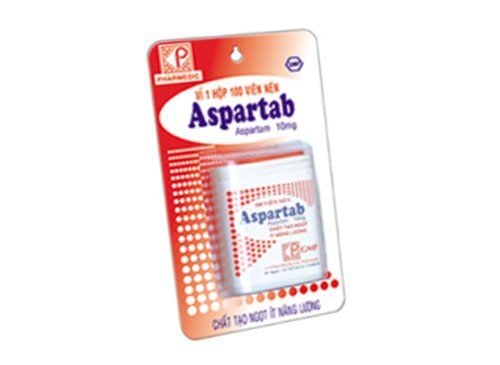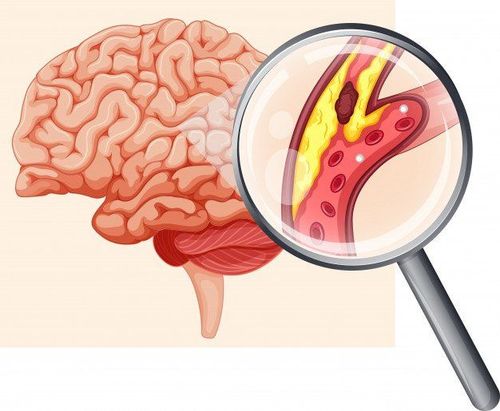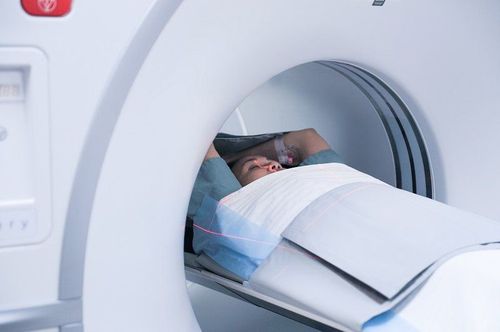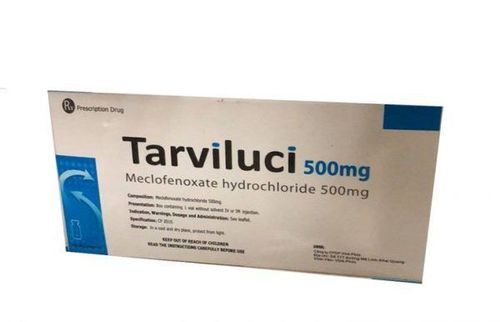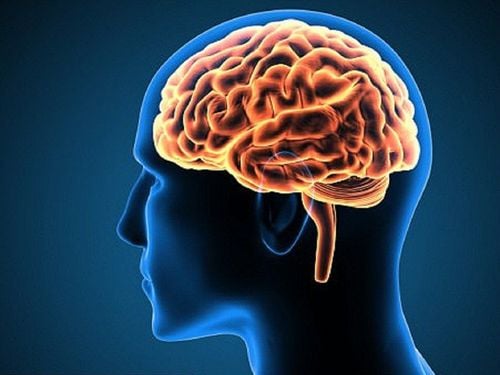This is an automatically translated article.
The article was professionally consulted by MSc Huynh An Thien - Department of Medical Examination and Internal Medicine, Vinmec International General Hospital Da Nang.
Patients with cerebral hemorrhage, if treated promptly, will help prevent the size of the hematoma from increasing and reduce complications. Some patients with cerebral hemorrhage can recover and walk after the treatment.
1. How dangerous is a brain hemorrhage?
Hemorrhagic stroke is a very dangerous form of cerebral vascular accident, the disease usually starts suddenly and violently, if the disease is severe, blood vessels burst, blood overflows into the brain parenchyma, causing a deep coma. , arrhythmia, breathing rhythm.
Patients with mild cerebral hemorrhage often present with impaired consciousness, not alertness, even confusion. In severe form, there will be generalized body spasms, convulsions, deep coma, sometimes black vomit and fever. If the disease is detected late and is not treated promptly, the mortality rate is up to 81%.
Patients who are lucky to "escape" often have to live with neurological or motor sequelae of cerebral hemorrhage, of which only about 1/5 of patients are able to recover function, live independently, become self-sufficient. return to life after 1 year of treatment.
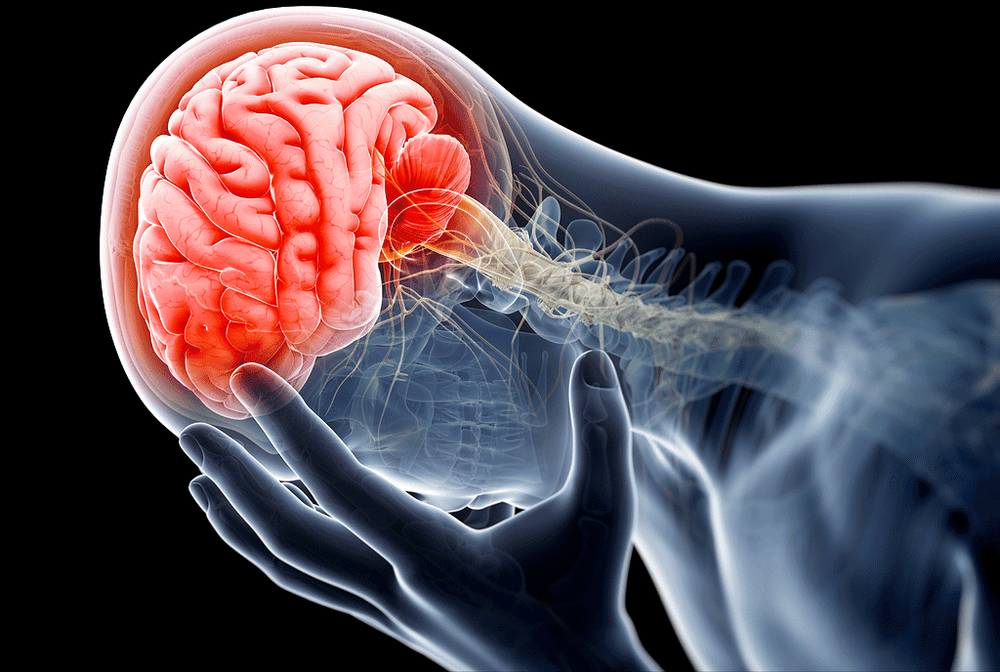
2. Treatment of cerebral hemorrhage
Airway circulation: Letting the patient lie down with the head elevated 30o helps blood circulation return to the heart better, contributing to reducing intracranial pressure and cerebral edema. To tilt the head to one side, avoid reflux of substances into the respiratory tract causing pneumonia, suction, suction hooks, sputum, prevent tongue drop. Cardiovascular and blood pressure adjustment: It is necessary to monitor on a 24-hour monitor the pulse and blood pressure indicators. In 85% of patients with intracerebral hemorrhage due to high blood pressure, it is important to distinguish between reactive hypertension and patients with a history of pre-existing hypertension. If the patient has reactive hypertension, the systolic blood pressure measurement rarely exceeds 180 mmHg, there are no symptoms of target organ damage, no need to adjust blood pressure, after 3-5 days of stroke treatment. will return to normal. Active anti-cerebral edema: Cerebral edema usually appears 2-3 hours after stroke, reaches a maximum after 24 hours, persists and lasts from 5 to 10 days, resulting in increased intracranial pressure, reducing pressure. cerebral perfusion and can cause depression, brain jam should be treated aggressively. Some drugs to fight brain edema include: mannitol, glycerol, magnesium sulfate, .. Surgery if necessary: For patients with severe cerebral hemorrhage, surgical methods will help reduce edema and stop bleeding. brain blood. When the brain is swollen, the doctor will perform temporary surgery to remove part of the skull to relieve pressure on the brain. Recovery from a brain hemorrhage is usually very slow. Your doctor will then screen you for conditions such as brain aneurysms, arteriovenous malformations, or cancer.
3. Caring for patients after brain hemorrhage
After the patient overcomes the critical attack, the risk of sequelae is very high, so the right treatment and care plays a huge role in the outcome of the patient's recovery after brain hemorrhage. Improper care, neglect in treatment makes the ability to recover may not improve but also have a high risk of recurrence, so family members need to follow the doctor's advice on treatment methods. and strictly follow the following protocol:
3.1 Rehabilitation of motor function Perform exercises to restore motor and cognitive function such as assisting the patient in performing motor movements, stretching limbs twice a day so that the muscles can be moved, not stiff. Massage the patient's muscles and limbs to minimize the risk of muscle atrophy and tendon withdrawal due to sedentary activity. If the patient has total paralysis, should often help the patient change the position of lying on the side, sitting... to avoid the risk of back sores, Take the patient to the hospital on time to perform physical exercises therapy. Make sure your body is always in a state of exercise every day. Keep the patient's body clean, change clothes every day, always make sure the body is dry before lying down. Communicate with the patient regularly whether the patient has lost consciousness or not, so that the patient's spirit is always comfortable and refreshing. 3.2 Appropriate nutrition Patients with cerebral hemorrhage need to consume from 1,800 to 2,200 kcal per day as energy. Eat small meals every day, avoid letting the patient eat too much, which can affect digestion, cause difficulty breathing, choking. Choose foods rich in fiber found in vegetables and fruits. Processing frugal foods, limiting the use of fat and spices for patients. Prepare liquid, soft and easily absorbed foods for better digestion. If you can eat and drink by yourself, you should let the patient do it yourself, do not force it, chew and swallow slowly to increase the chances of hand movement. In case of deep coma, vegetative nutrition will be carried out through a tube. doctor's instructions. The infusion should be slow and gentle to avoid causing danger to the patient. For people with cerebral hemorrhage in family members, it is necessary to reduce salt intake to avoid the risk of hypertension and dyslipidemia. This is one of the causes of brain hemorrhage.
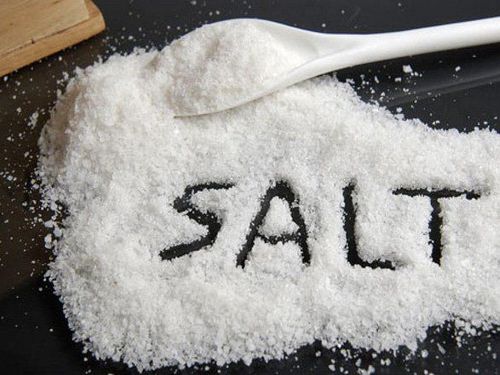
4. Measures to prevent disease recurrence
Hemorrhagic disease has a strong tendency to recur if there are no good control and prevention measures. To prevent cerebral hemorrhage, it is necessary to avoid sudden changes in the patient's body temperature. Take care when the weather turns cold, monsoons and high air pressure in the summer. It is not recommended to bathe late at night and expose to the wind, especially for people with high blood pressure. Try to stay mentally stable. Avoid working or thinking that leads to stress, avoid strong emotions and remember to get enough sleep. Abstain from alcohol, tobacco and stimulants. Eat a lot of green vegetables and fiber to avoid constipation. Treating the causes of cerebrovascular accident such as hypertension, diabetes, atherosclerosis, cardiac arrhythmias... Do not exercise too hard such as kicking a soccer ball, carrying heavy loads or running fast.. Periodic health check-up to promptly detect disturbances in the body. Strictly follow the doctor's instructions and follow-up appointments on time. Store emergency medicine for brain hemorrhage in the house for timely use when someone develops an illness. The technique of treating cerebral artery thrombosis has been applied at Vinmec Da Nang International General Hospital to increase the chances of treating patients with cerebral infarction in particular and thrombotic diseases in general.
The technique is performed by experienced and professional doctors:
Dr. Spider due to rupture of cerebral aneurysm Cerebral infarction due to occlusion of a large cerebral artery. Brain hemorrhage due to brain vascular malformations The outstanding advantage of that method is the use of magnetic resonance imaging (MRI) 3.0 and a 640-segment CT scanner for interventional techniques to remove cerebral artery thrombosis.
Please dial HOTLINE for more information or register for an appointment HERE. Download MyVinmec app to make appointments faster and to manage your bookings easily.





